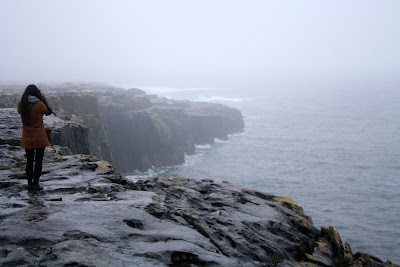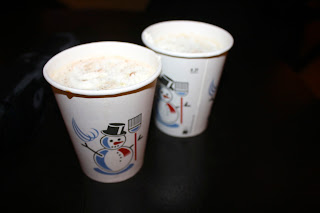Nothing is
quite as quintessentially French as the Parisian macaron; perfumed buttercream
between two delicate merengue and almond based cookies. They, like all French
pastries (and French women), have a seemingly effortless beauty to them.
However, the craft and technique to make these confections take years upon
years to perfect…literally. As a baker in France, you study the croissant for at least
two years. You can either be a baker or a pastry chef, but not both
(because who has the time?)
My first
experience with macarons was when I studied abroad in Paris the summer after my
sophomore year in college. Like every other tourist coming to France, I ogled
over the pastel-colored window displays of macaron filled boxes at Ladurée. At
the age of twenty, I felt like a kid in candy shop - sophistiqué 2.0, filled with exotic
floral flavors of jasmine, rose, lavender, violette and lychee (which of
course, I tried in both macaron and la
glace form). Along with Piere Hermé, the creator of macarons, Ladurée is a
macaron-lover’s mecca.
{jasmine, violette, and lychee flavored ice cream}
{ladurée champs élysées}
On a hunt
to find authentic Parisian macarons, I came across Cecilia’s Pastries at the
Ann Arbor Farmer’s Market. Cecilia’s Pastries is owned by Cecilia Marcante, who
trained as a pastry chef in Rouen, Normandie France. She first started selling
her pastries in the states at the Eastern Market in Detroit before moving to
Ann Arbor. She sells a variety of French pastries every other week at the
market during the warm months, and usually sells out within hours (I woke up at the crack of dawn to be there by 7 am to ensure I didn’t miss out). Her green tea flavored
cookies, macarons, and raspberry tarts were like nothing I had found in the
states, and truly took me back to that summer in Paris.
As a
Hanukkah present, my mom and I took one of Cecilia Mercante’s macaron classes
for amateurs. It took place in her commercial kitchen attached to her home,
where we each learned how to make a slightly easier, but acceptable version of
the trending Parisian macaron. Cecilia’s tongue-in-cheek humor and thorough
knowledge of the technique and chemistry behind macarons made the experience
really enjoyable. The strategy behind the airiness of the almond-merengue base
is to not disrupt the protein bonds in the egg whites – something you cannot
perfect in three hours. Broken protein bonds aside, the macarons turned out
much better than I expected! I made rose-vanilla flavored ones using vanilla
pods and rose water, whereas my mom made apricot flavored ones using apricot
preserves.
{the final product}
I look
forward to replicating the recipe at home soon, and taking part in the upcoming
Northern French Dinner class!
You can
find Cecilia’s Pastries at Lab in downtown Ann Arbor, and at the Ann Arbor
Farmer’s Market starting at the end of March.

























